BIOCHAR COMPOSITES:
The use of biochar composites in architectural applications can significantly improve building performance. Additionally, the incorporation of biochar composites can expand the possibility of carbon sequestration in the architecture and construction sector, contributing to a more sustainable and environmentally friendly built environment.
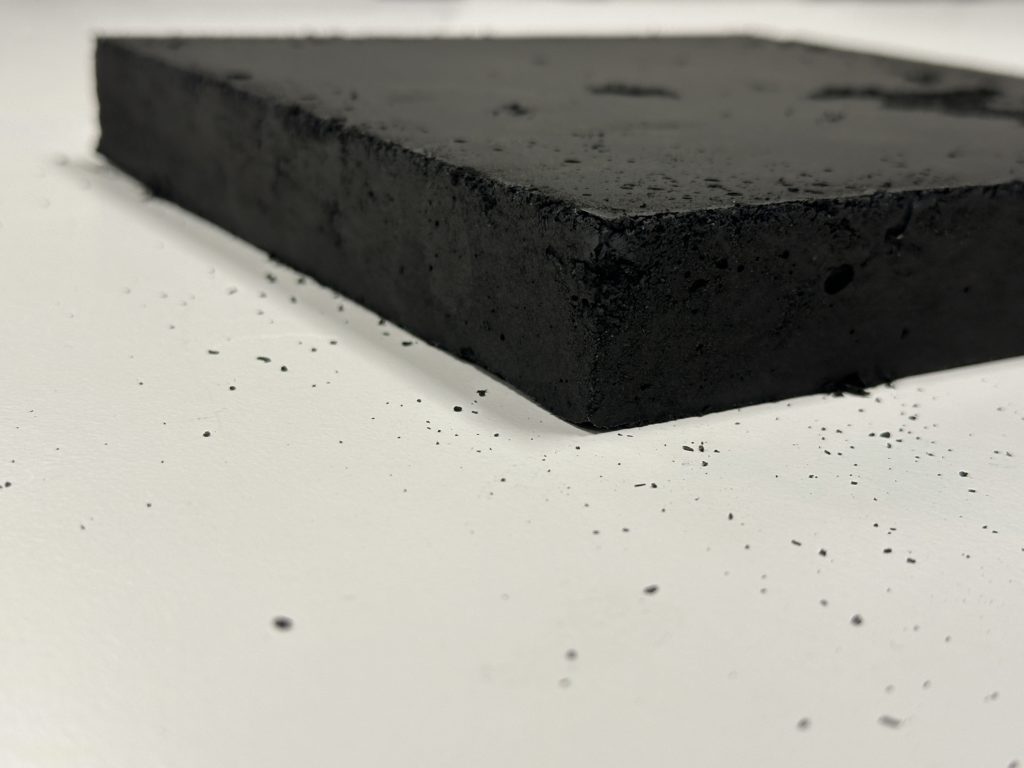
Our current Built Environment is responsible for carbon emissions, accounting for approximately 39% of global energy-related carbon dioxide emissions.
Buildings are responsible for the majority of these emissions, with operational emissions from heating, cooling, lighting, and appliances accounting for 28%.
The remaining 11% comes from embodied carbon, the emissions associated with the production and transportation of building materials.
Question 1
Can we build up the built environment in order to control the operational carbon?
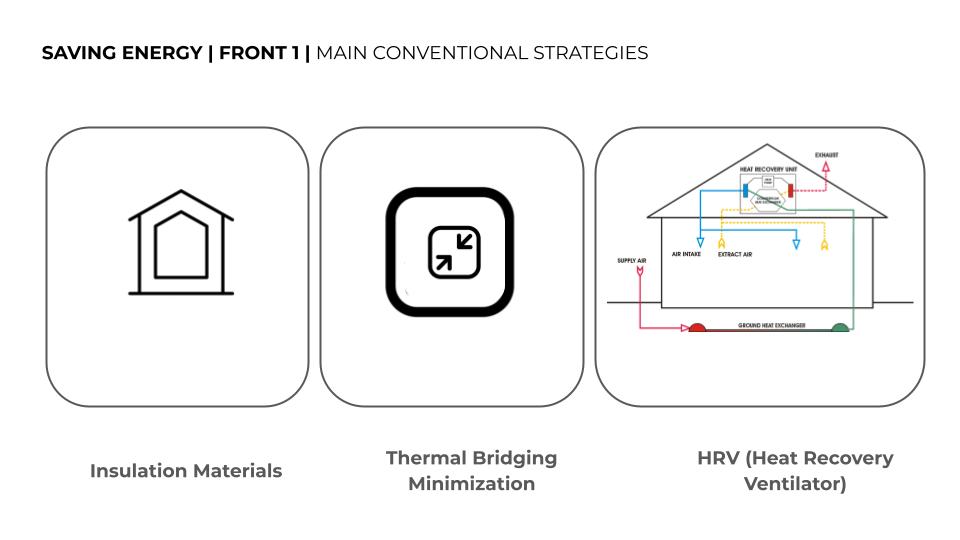
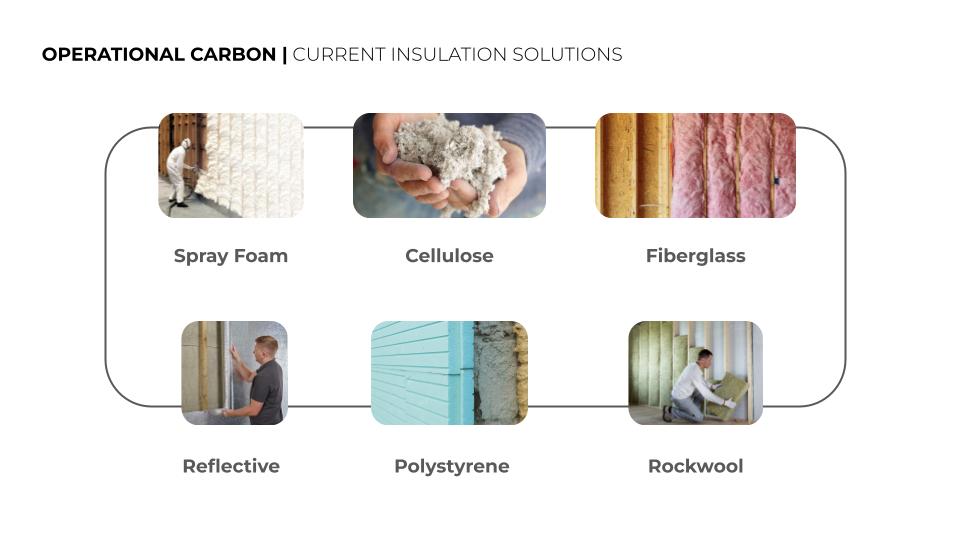
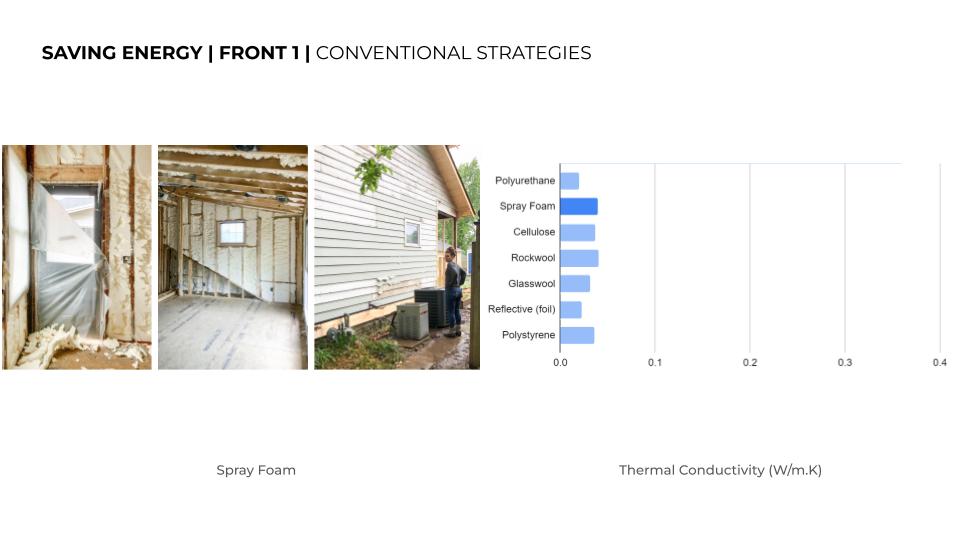
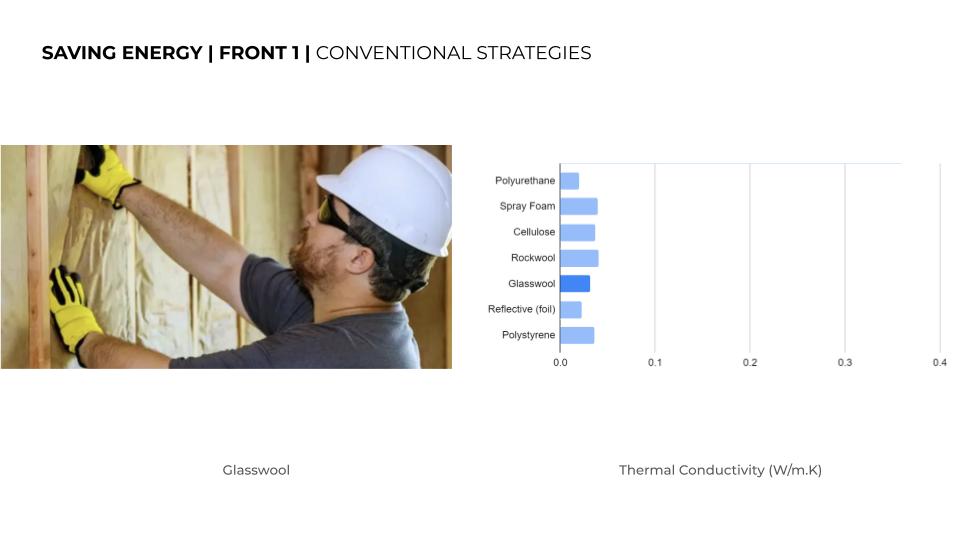
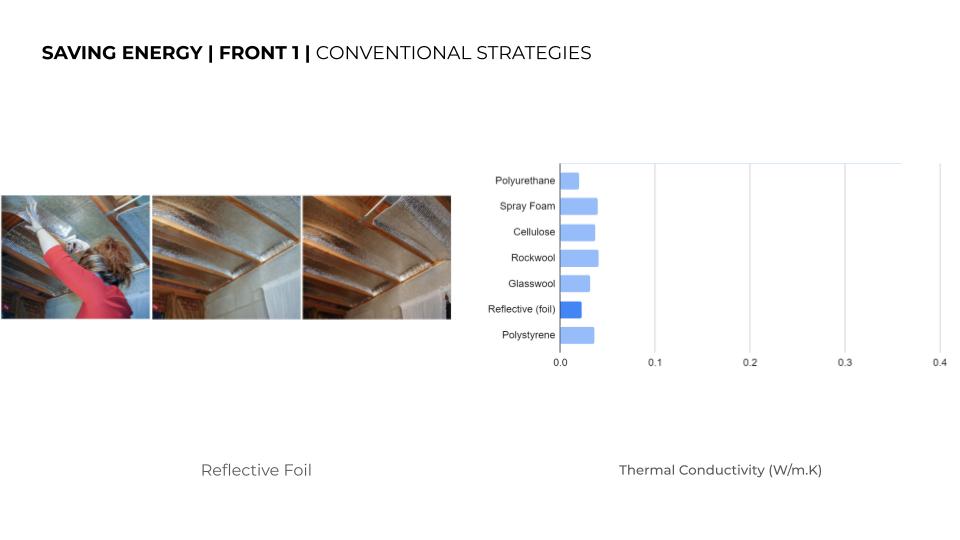
Cellulose is made of 80% recycled newsprint. The fiber is chemically treated with non-toxic borate compounds to resist fire, insects and mold.
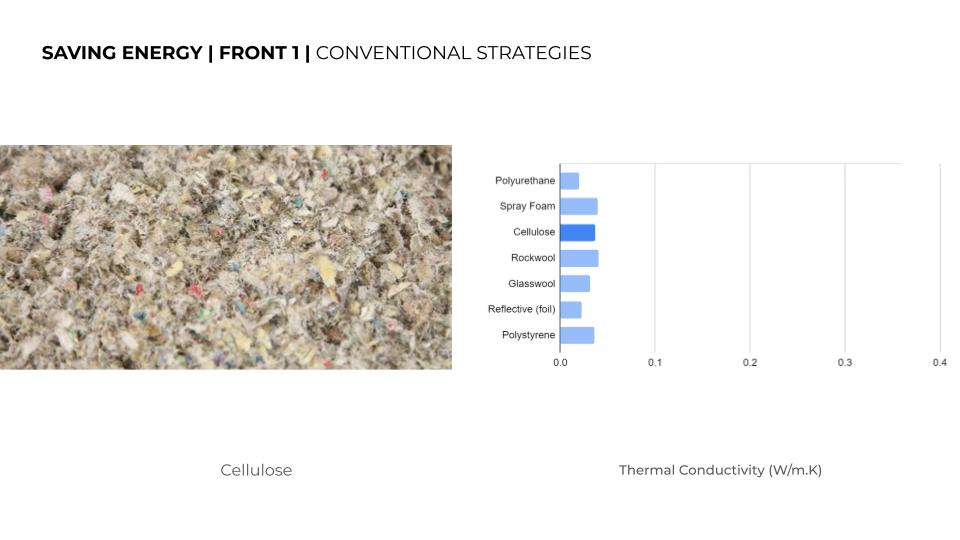
Question 2
Does sustainable insulation contribute to reducing energy consumption and carbon emissions?
STATISTICS:
Global insulation waste generation is estimated to be almost 90 million tons per year. This amounts to a carbon footprint of approximately 7.2 million tons of carbon dioxide annually.
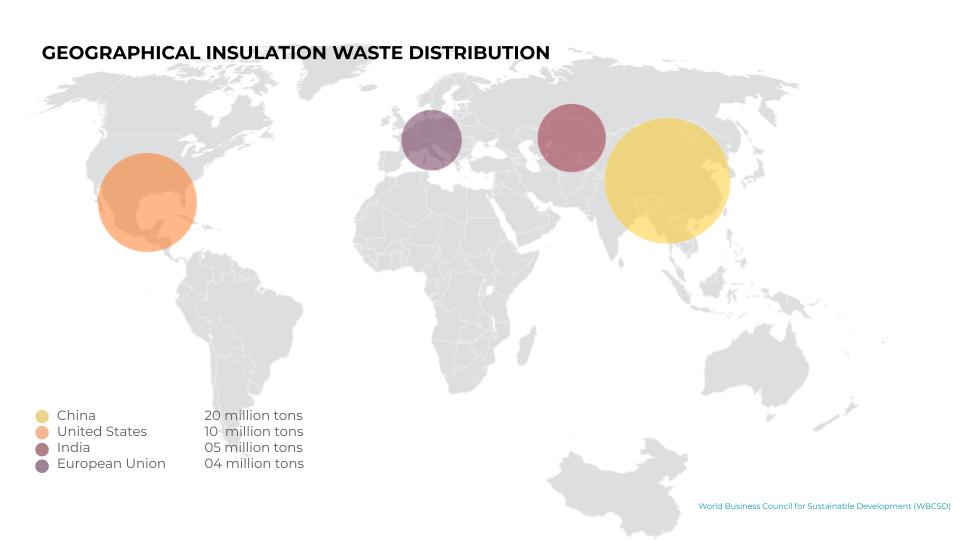
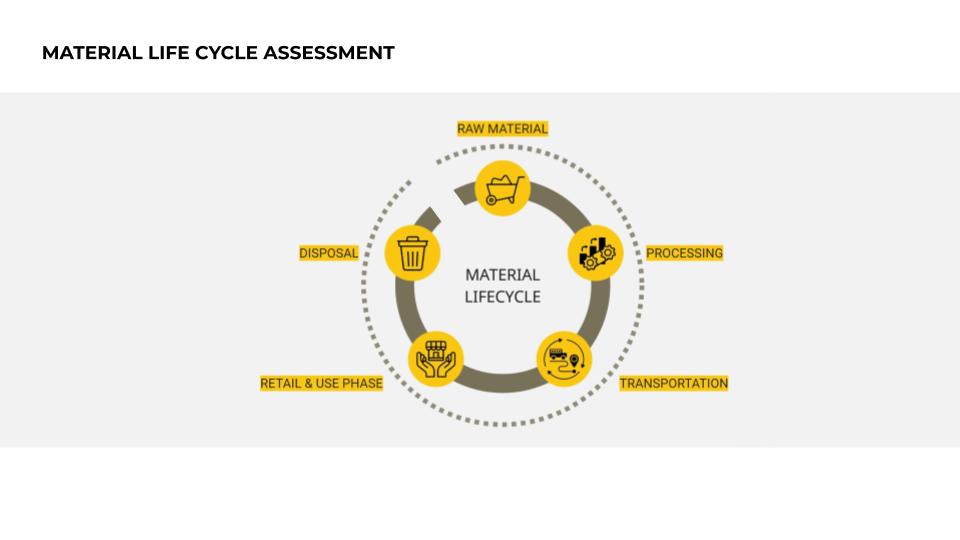
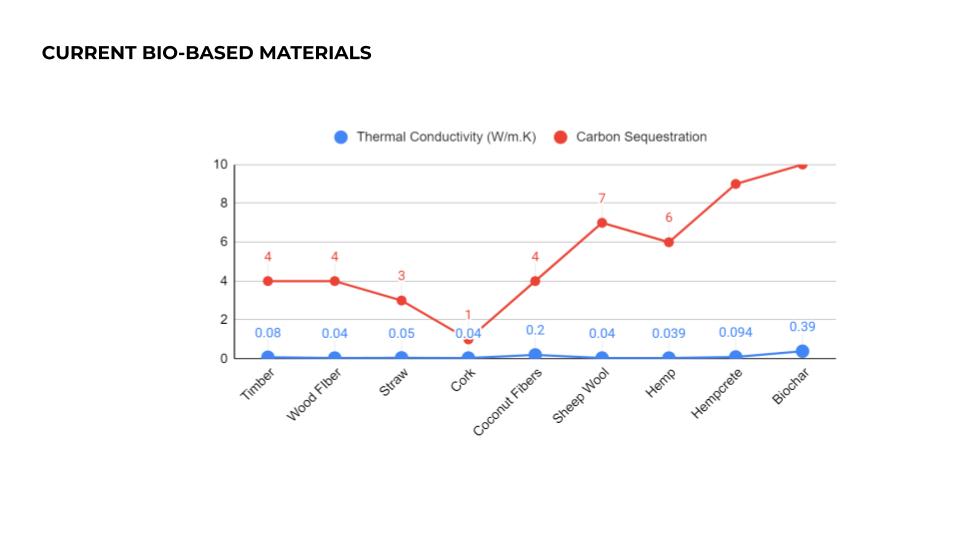
BIOCHAR INTRODUCTION:
Biochar is a charcoal-like material produced through pyrolysis, a process that converts biomass into a solid carbonaceous material. It has a number of potential benefits, including soil amendment, water filtration, fuel, carbon sequestration, environmental remediation, horticultural applications, animal feed, pharmaceutical and cosmetic applications, building materials, and energy storage.
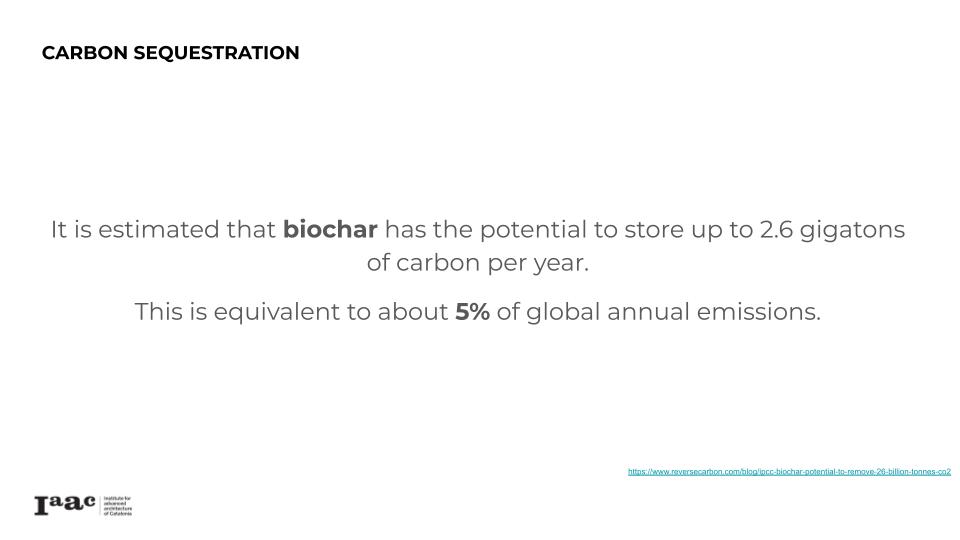
MAXIMIZE CARBON SEQUESTRATION – BINDER 1

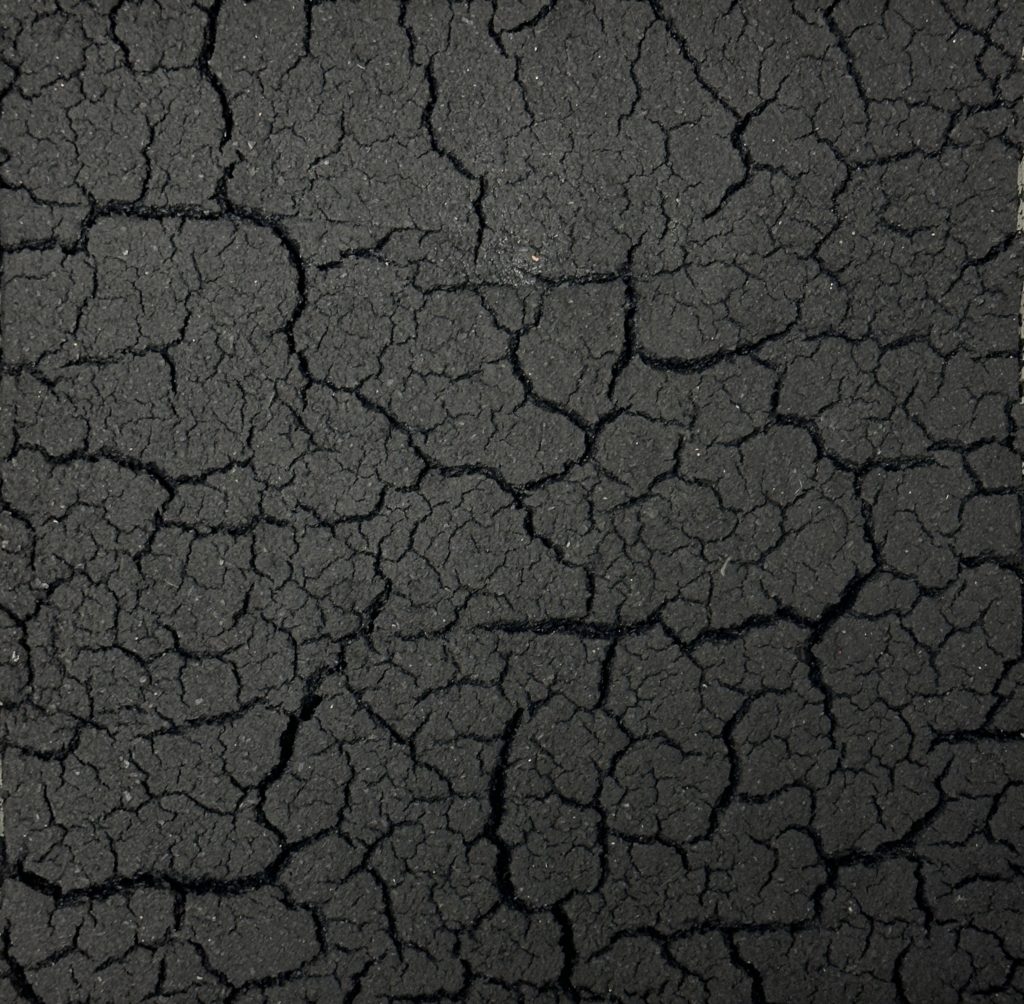
MAXIMIZE CARBON SEQUESTRATION – BINDER 2

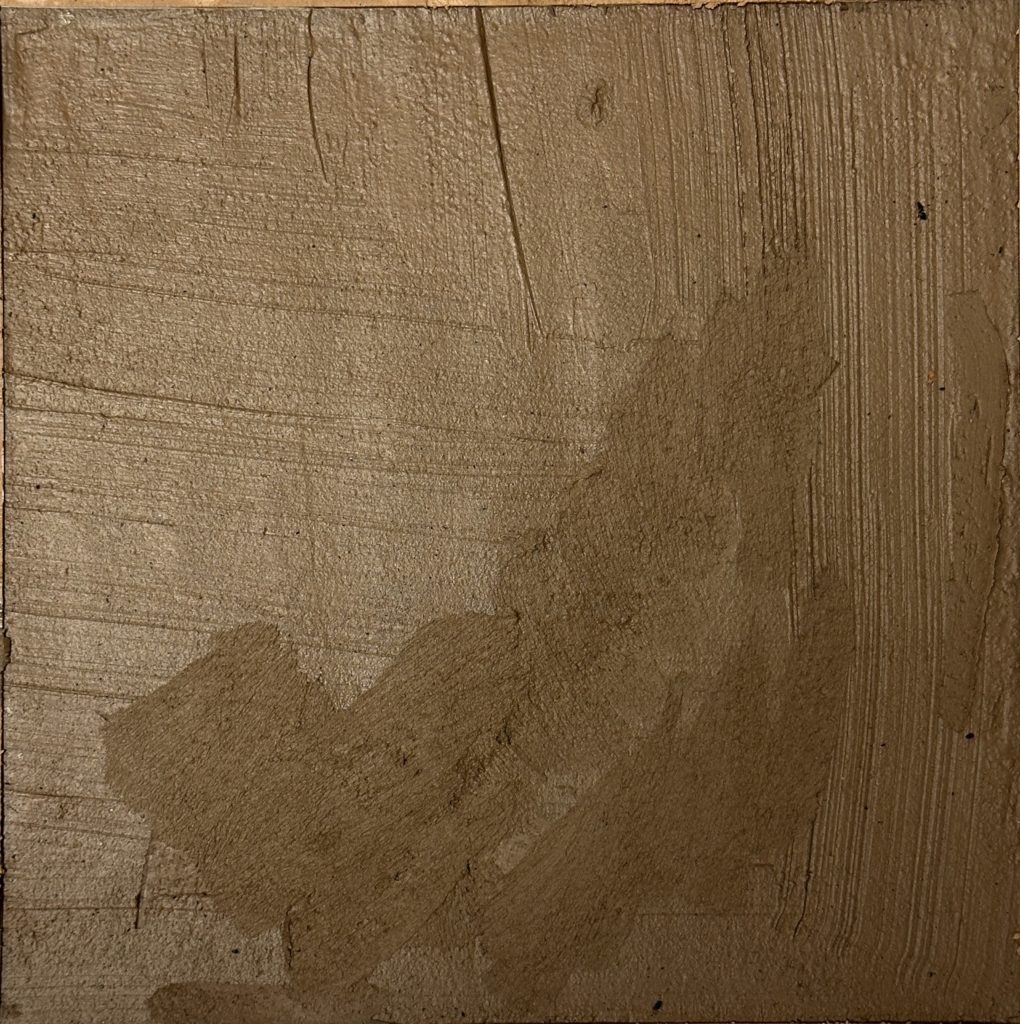
MAXIMIZE CARBON SEQUESTRATION – BINDER 3

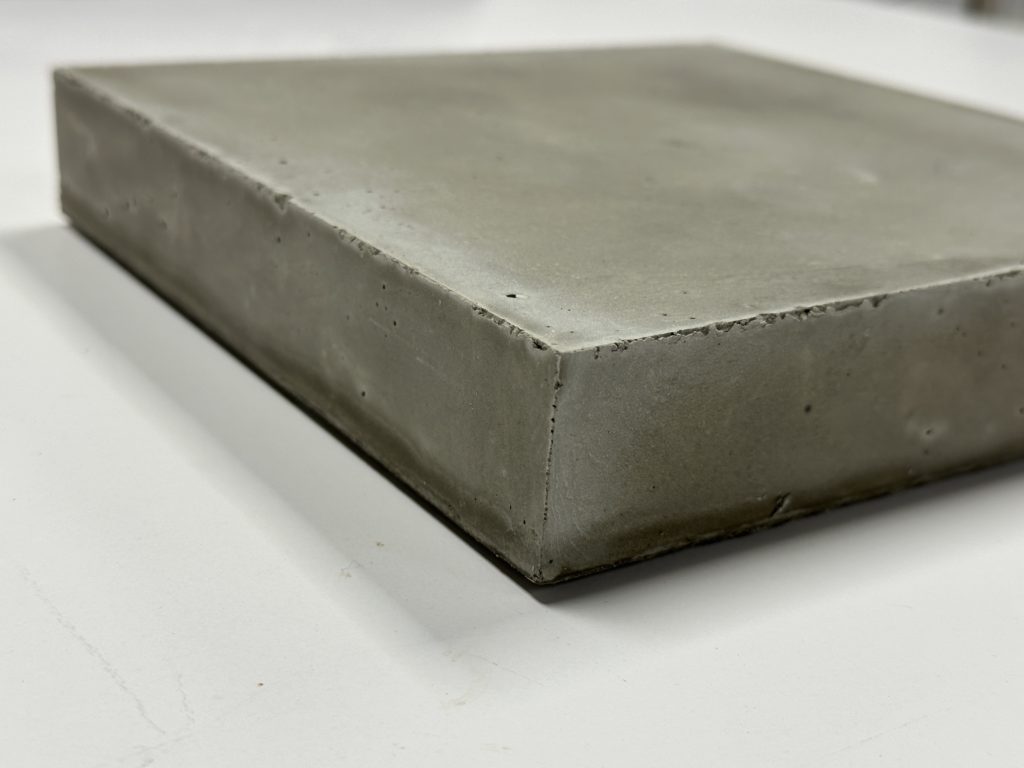
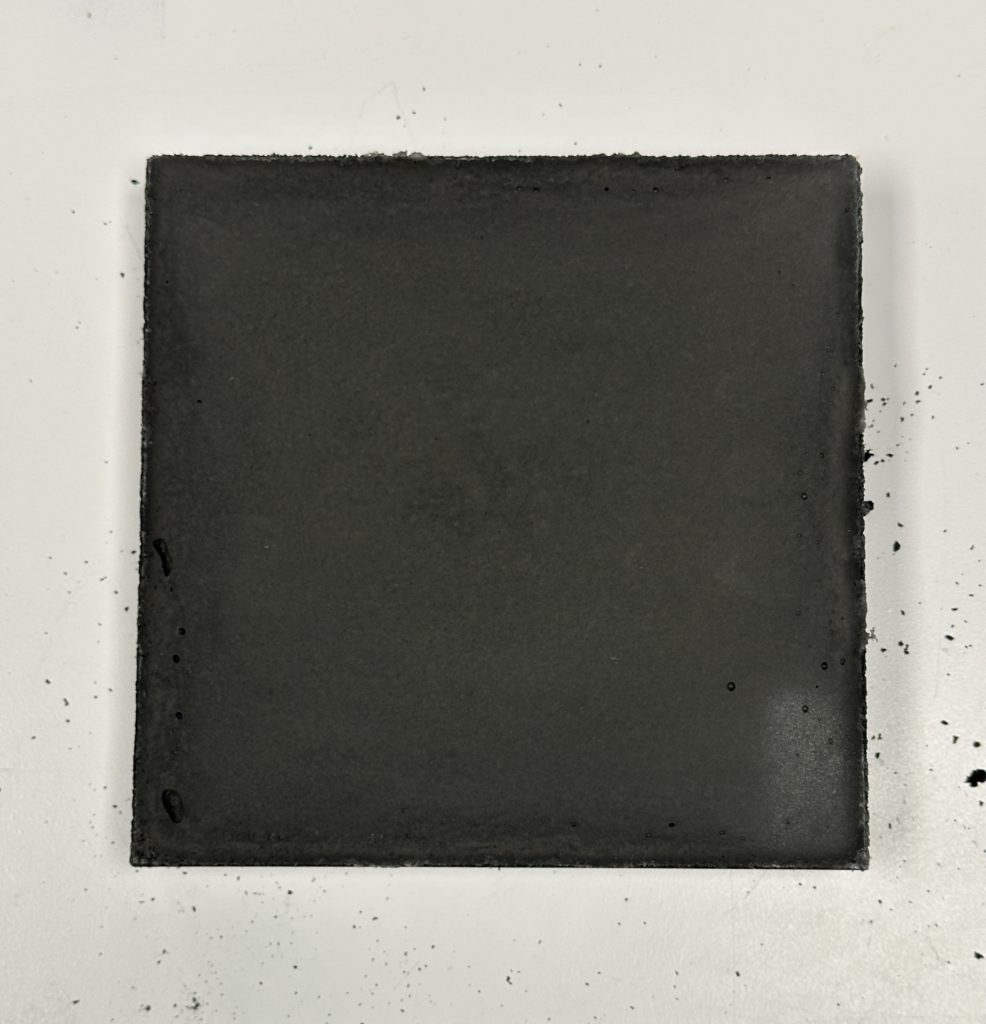

ACTIVE PROPERTIES TO BE MEASURED:
- Heat Insulation
- Water retention
- Sound Insulation (Acoustic property)
- Radiation Shielding

